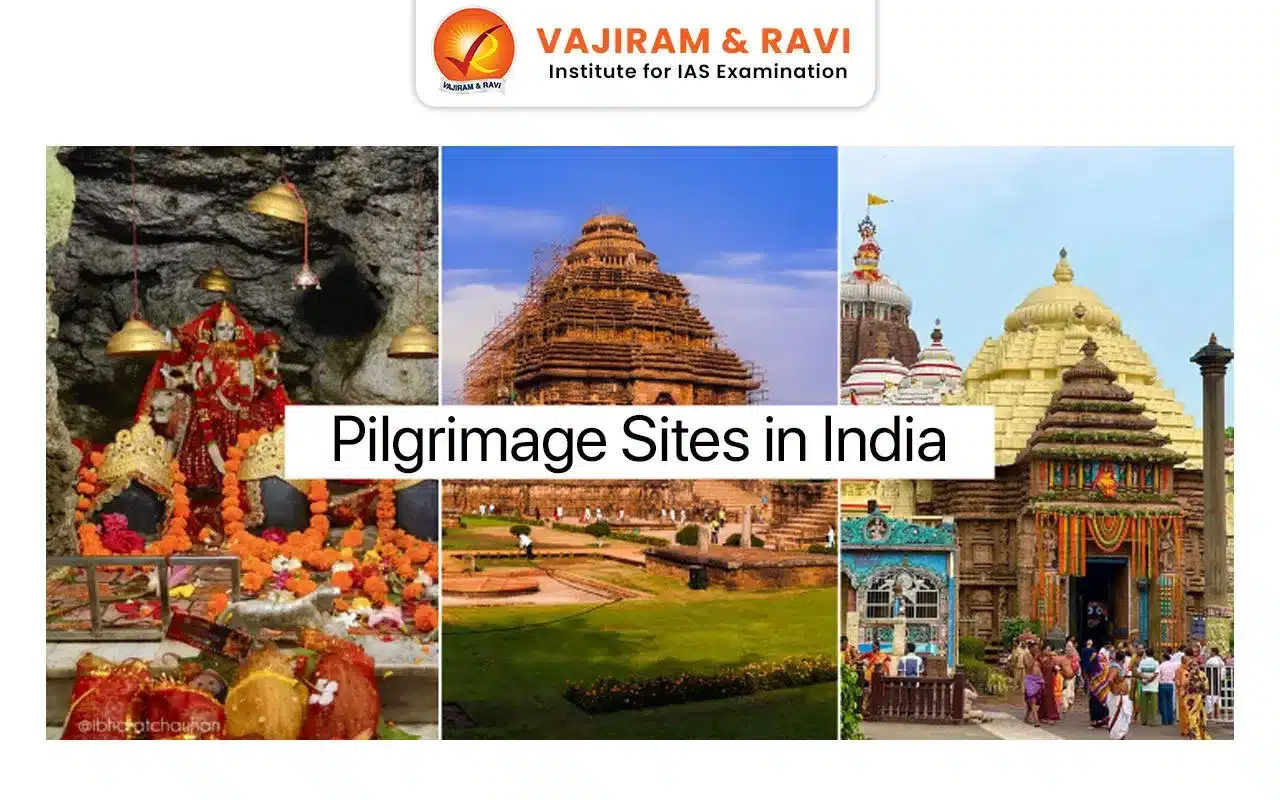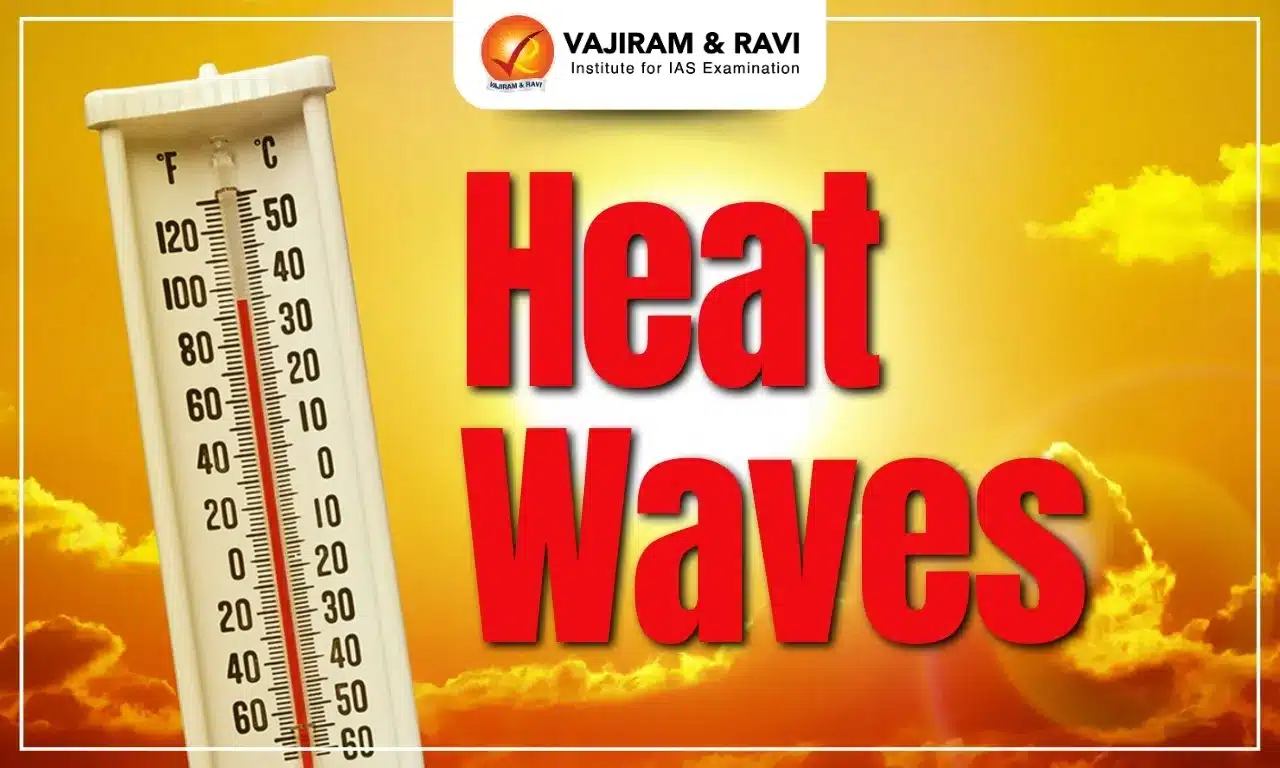A pilgrimage is a journey or quest for moral or spiritual significance. Many religions attach spiritual significance to certain locations. These locations are deemed holy because of mythical or theological beliefs associated with them. India is certainly a holy land, filled with pilgrimage sites such as temples, beautiful churches, serene monasteries, mosques, and majestic gurudwaras.
Pilgrimage tourism is a significant part of domestic tourism in India. India, as a confluence of several religions, has long attracted pilgrims from all over the world.
Hindu Pilgrimage Sites in India
The Rig Veda and Atharva Veda are the earliest sources of information on sacred places. Following the Vedic period, pilgrimage appears to have grown extremely frequent across India.
- Sacred sites in Mahabharata: Mahabharata mentions seven sacred mountains.
- These are Raivatka, Vindhya, Sahya, Kumara, Malaya, Sri-parvata, and Pariyatra.
- Mahabharata also lists over 300 sacred sites covering the subcontinent.
- Seven sacred places: Ayodhya, Mathura, Haridwar, Kashi, Kanchi, Avantika (Ujjain), and Dvaravati (Dwarka) are believed to possess the power to grant salvation to one who visits them.
- Char Dham: Char Dham is a set of four holy pilgrimage sites namely Badrinath, Dwarka, Puri, and Rameswaram, that Hindus believe are important for achieving salvation.
- Dwadasa (12) Jyotirlingas: A Jyotirlinga, which means "almighty's radiant sign," is a devotional representation or image of Lord Shiva.
- The twelve jyotirlingas are in India namely, Somnath (Gujarat), Mallikarjuna (Andhra Pradesh), Mahakaleswar (Madhya Pradesh), Omkareshwar (Madhya Pradesh), Kedarnath (Uttarakhand), Viswanath (Uttar Pradesh), Baidyanath (Jharkhand), Ramanatha Swamy (Tamil Nadu) and Nageswar, Trimbakeshwar, Bhimashankar, Ghushmeshwara, and Vaidyanath Jyotirlinga is in Maharashtra.
- Sun Temples: Dedicated to the Sun god Surya, there are quite a few Sun temples in the country.
-
- Examples: Modhera Sun Temple (Gujarat), Konark Sun Temple (Odhisha), Sun Temple, Martand (Jammu and Kashmir), Dakshinaarka Temple (Bihar), etc.
Temples in Regionwise
The Hindus have a large number of temples from the Himalayas in the north to Kanya Kumari in the south.
- North India Temples: Badrinath Temple, Vrindavan, Kedarnath, Kashi Vishwanath Temple, Amarnath Cave, Vaishno Devi, etc.
- South India Temples: Meenakshi Temple, Venkateswara Temple, Ramanathaswamy Temple, Brihadeshwara Temple, Vitthala Temple, Sri Ranganathaswamy Temple and many others.
- West India Temples: Somnath Temple, Dwarkadhish Temple, Nageshvara Jyotirlinga, Mahakaleshwar Jyotirlinga, Omkareshwar Jyotirlinga, Modhera's Sun Temple, and many others.
East India Temples: Kamakhya Devi Temple, Shri Govindajee, Tripura Sundari Temple, Unakoti Hill Temples, Dakshineswar Temple etc.
List of Hindu Pilgrimage Sites
A list of important Hindu pilgrimage sites in India, including temples like Kashi, Dwarka, and Rameswaram. These destinations hold spiritual and cultural significance for millions of devotees.
Ram Mandir, Ayodhya (U.P.)
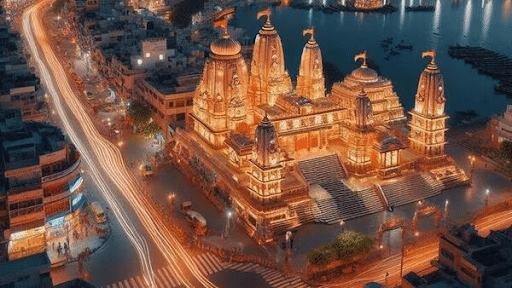
Ram Mandir is believed to be the birthplace of Shri Ram. It is one of the most important pilgrimage sites in Hinduism, symbolizing devotion and faith. The temple is a prominent site for millions of pilgrims and is linked with the epic Ramayana.
Mathura, Vrindavan (U.P.)
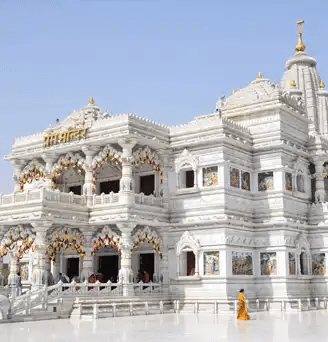
Mathura is traditionally regarded as the birthplace of Lord Krishna, while Vrindavan is where he spent his childhood. Both cities are important pilgrimage sites and are known for their temples and festivals celebrating Krishna's life and miracles.
Kashi, Banaras (U.P.)
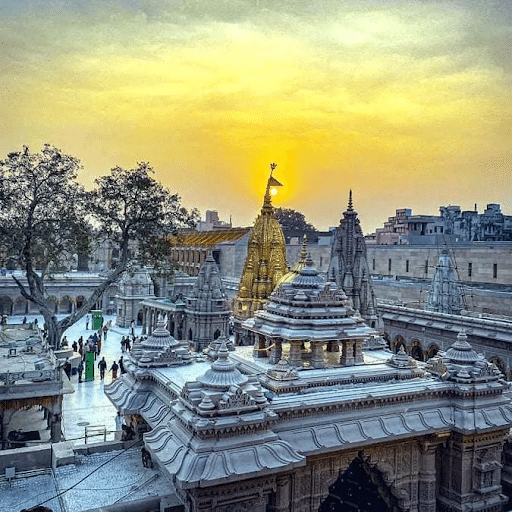
Kashi, also known as Varanasi, is one of the holiest cities in Hinduism. Hindus believe that dying in Varanasi grants moksha (liberation). The Kashi Vishwanath Temple, housing one of the 12 Jyotirlingas of Lord Shiva, is the most significant site here.
Dwarkadhish Temple, Dwarka (Gujarat)
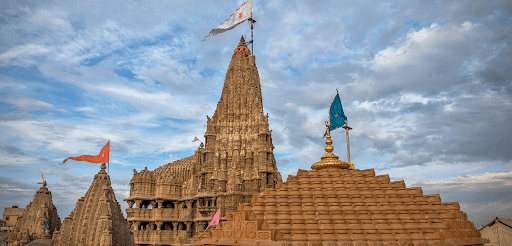
Dwarka is one of the Char Dham pilgrimage sites. The Dwarkadhish Temple is dedicated to Lord Krishna and is believed to have been established by Krishna's great-grandson, Vajranabh. It is considered a sacred city and an essential pilgrimage destination.
Rameshwaram (Tamil Nadu)
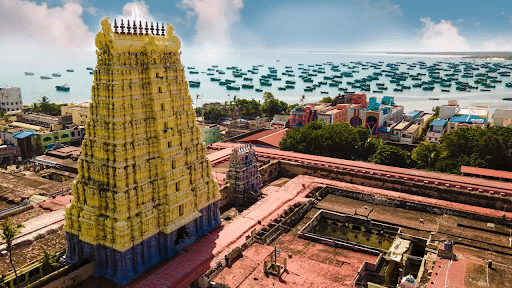
Rameswaram is a significant pilgrimage site associated with Lord Rama from the Ramayana. The Ramanathaswamy Temple here is known for its magnificent architecture and is one of the 12 Jyotirlingas, dedicated to Lord Shiva.
Kamakhya Devi Temple (Assam)
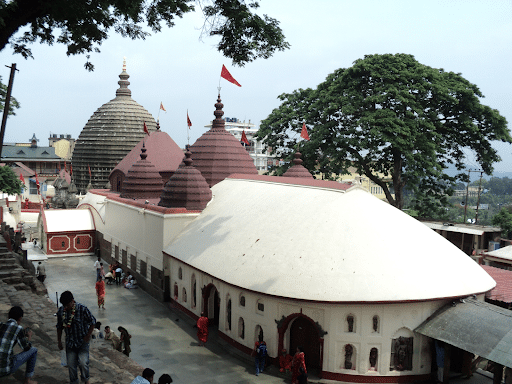
The Kamakhya Devi Temple is dedicated to the goddess Kamakhya, representing the divine power of femininity, fertility, and desire. It is an ancient temple and an important pilgrimage site, particularly for devotees seeking blessings for fertility and spiritual strength.
Konark Sun Temple (Odisha)
The Konark Sun Temple is dedicated to the Sun God (Surya) and is known for its stunning architecture, designed in the shape of a chariot. It is a UNESCO World Heritage site and a significant pilgrimage spot for those seeking to honor the Sun God.
Meenakshi Temple (Tamil Nadu)
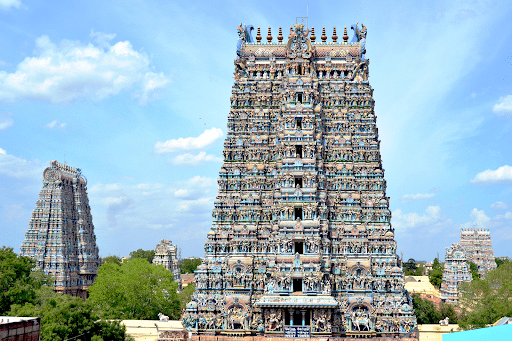
The Meenakshi Temple, located in Madurai, is dedicated to the goddess Meenakshi (an avatar of Parvati) and her consort, Lord Shiva. It is known for its intricate Dravidian architecture and is a center of devotion and cultural heritage.
Badrinath (Uttarakhand)
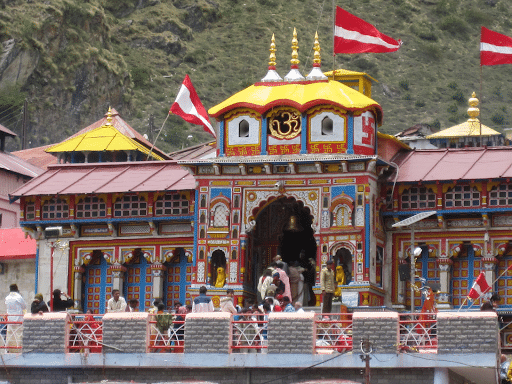
Badrinath Temple, part of the Char Dham, is dedicated to Lord Vishnu and is situated in the Garhwal Himalayas. Pilgrims visit this temple for spiritual purification and to seek blessings for their well-being.
Buddhist Pilgrimage Sites
Buddhism received support from Emperors like Bimbisara of the Magadha Empire and Ashoka of the Mauryan Empire which resulted in the establishment of numerous viharas (monasteries) and stupas.
- In the nineteenth century, British archaeologist Sir Alexander Cunningham uncovered many Buddhist structures.
- These stupas, viharas and mahaviharas are part of Buddhist pilgrimage sites in India.
- During his last sermon, Buddha named the four most essential places for the Buddhist 'Dharma Yatra': Lumbini, Bodhgaya, Sarnath, and Kushinagar.
Other Significant Buddhist Places
Rajgir (Bihar): Buddha used this city as his monsoon retreat, and preached his Dharma. In Rajgir, the Buddha gave his sermons from the striking Gridhakuta Hill.
- Vaishali: Five years after his enlightenment at Bodhgaya, the Buddha came to Vaishali. It was in Vaishali, that women were ordained into the Sangha for the first time. Among the important sights here, are the Relic Stupa or ‘Stupa 1’ and Kutagarshala Vihar.
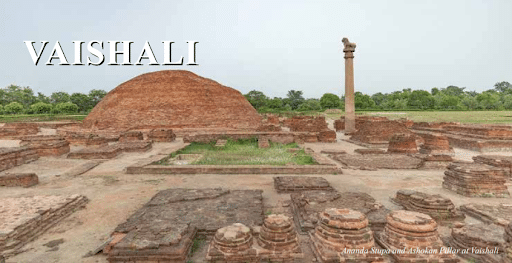
- Nalanda: Both Buddha and the Mahavira visited the Nalanda. One of Buddha’s disciples, Sariputra, attained Nirvana here. Nalanda University excavations reveal the extensive remains of 11 monasteries and 5 temples.
- Important Buddhist Monasteries: Hemis Monastery (Ladakh), Namgyal Monastery (Himachal Pradesh), Tawang Monastery (Arunachal Pradesh), Shashur Monastery (Himachal Pradesh), Kye Gompa Monastery (Himachal Pradesh) etc.
Jain Pilgrimage Sites
In the ancient days, Magadha (modern Bihar) was the cradle of Jainism but nowadays the Jain community is strongest in western India. Rajasthan and Gujarat are particularly rich in Jain temples and places of pilgrimage. Some of the important Jain religious heritage sites are as follows:
- Bihar: Bihar is a holy place for the Jains as the last Tirthankara of the Jains was born here. It is in this land that he gave up his worldly belongings, meditated for years, and preached the Jain way of life for the liberation of the self.
- Mount Parsavantha (Bihar): It is believed that here twenty of the twenty-four Tirthankara left their last earthly bodies, and achieved the moksa.
- Jal Mandir Pawapuri, Bihar: A temple stands at the place where Mahavira is reputed to have achieved moksa and another at the site where his body was cremated.
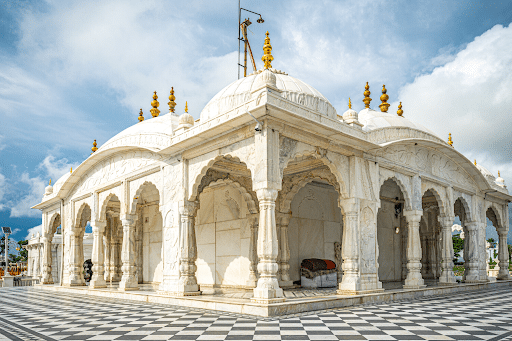
- Jain Man dir, at Rajgir: The Digambar Jains believe that Lord Mahavira, was born here.
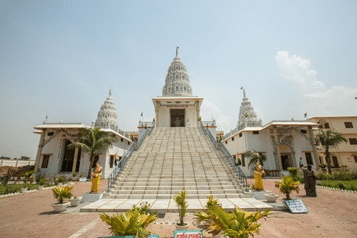
- Jain Temple, at Jamui: It serves as a gateway to Kshatriya Kund Gramme, which is Lord Mahavira's birthplace.
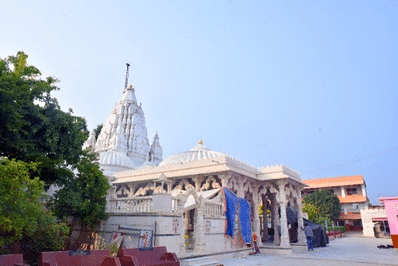
- Rajasthan:
- Jaisalmer: It attracts many scholars to its famous library of Jain manuscripts.
- Ranakpur Temple: The main sanctuary has four six-foot white marble statues of Risabha, the first Tirthankara, facing the four directions.
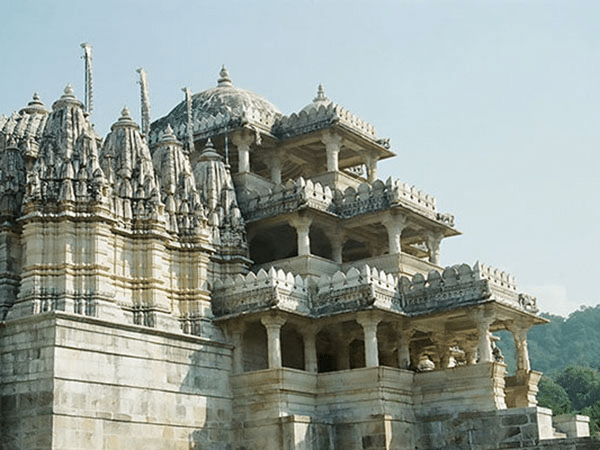
- Dilwara Temples on Mount Abu:The temples were built between the 11th and 16th centuries and are dedicated to various Jain Tirthankaras. The temple complex has five main temples, namely, Vimal Vasahi, Luna Vasahi, Pithalhar, Parshvanath, and Mahavir Swami.
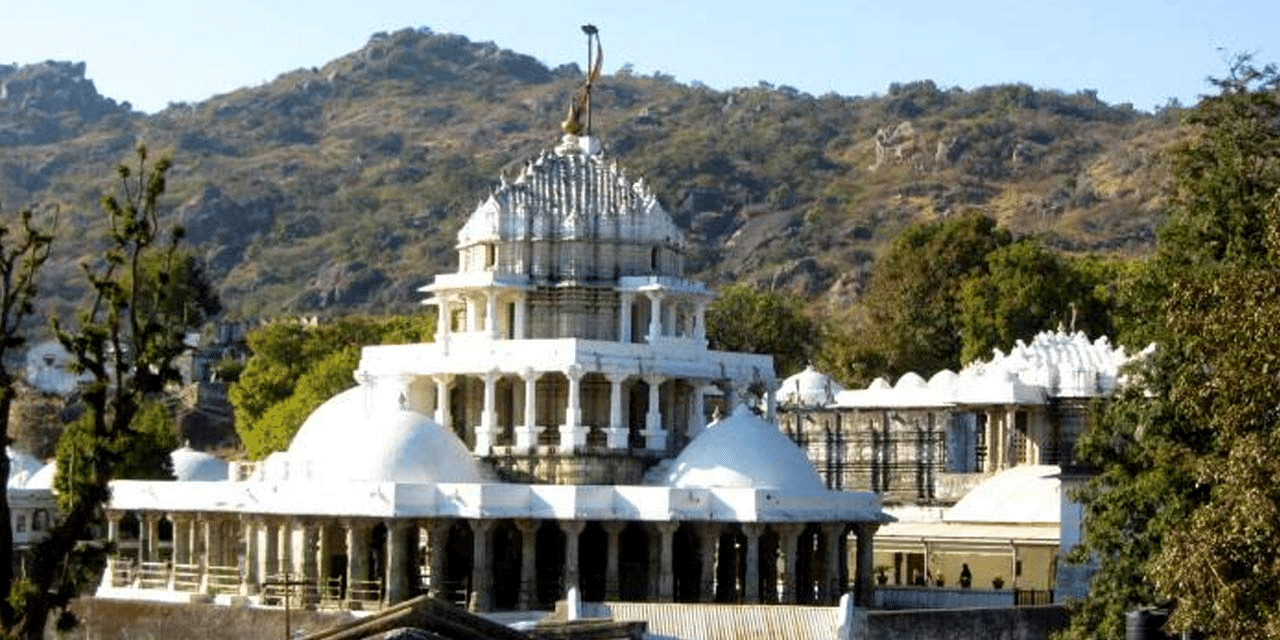
- Gujarat: Girnar is so rich in temples and shrines that it has been described as a temple city. It is celebrated as the place where the Tirthankara Neminatha achieved moksha.
- Temple of Neminath, Mount Girnar: The temple is in a rectangular courtyard surrounded by some seventy Tirthankara images. Girnar Hill is thought to be the Nirvana bhumi of the 22nd Tirthankara, Lord Neminatha.
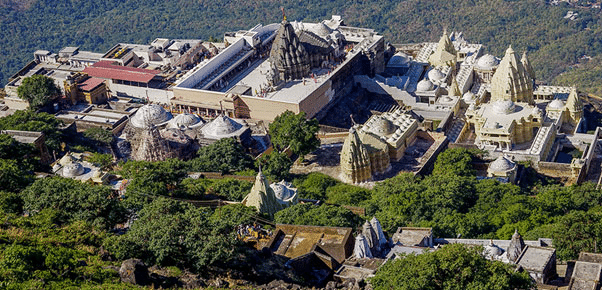
- Palitana temples on Shatrunjaya Hill, Bhavnagar: It was here that the first Tirthankara, Risabha as well as his chief follower is said to have achieved moksha. Hundreds of temples and smaller shrines have been built within the nine-walled enclosures starting from the 11th century.
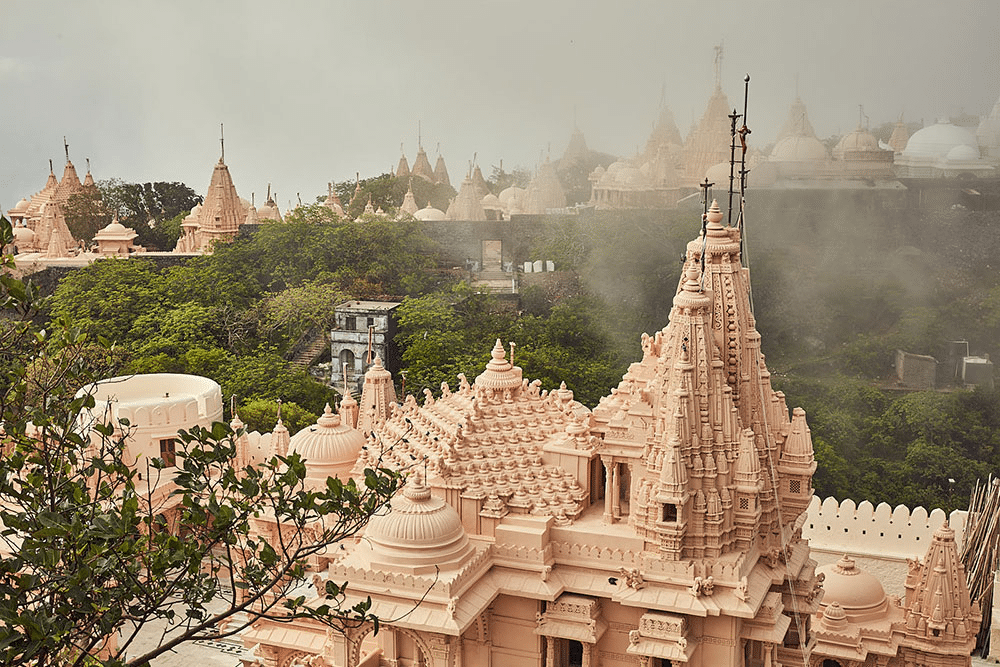
- Karnataka: Shravanabelagola is home to the world's tallest monolithic statue of Lord Gometeshwara, constructed in 981 AD by Chamundaraya, a Ganga warrior.
-
- It is carved out of a single block of granite and looms on the top of Vindhyagiri Hill.
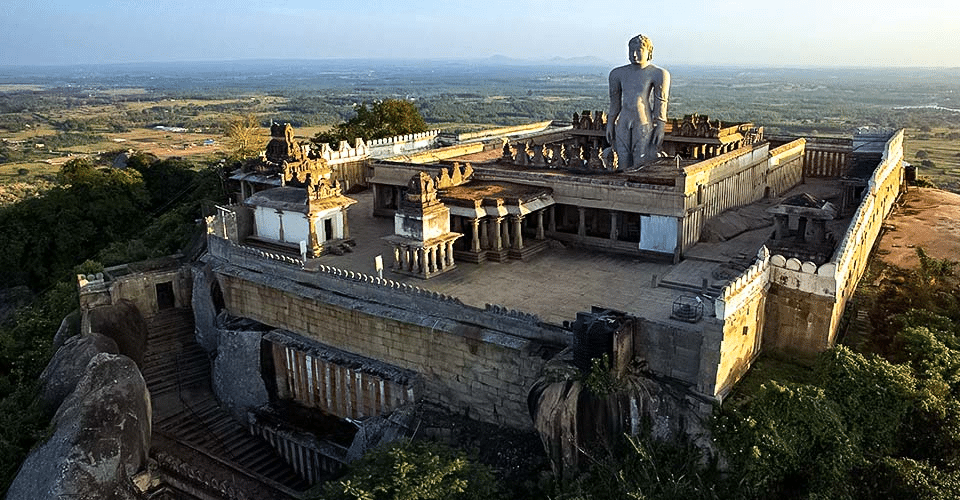
Other Pilgrimage Sites in India
India features pilgrimage places for many different religions, including temples, shrines, mosques, and churches. Apart from the above-mentioned sites, the pilgrimage sites of Muslims, Sikhs, and Christians also find places in India.
Muslim Pilgrimage Sites
In 570 CE, Hazrat Mohammad established Islam as a religion in Mecca. Arab merchants introduced Islam to India. They were succeeded by Turks, who formed a Sultanate (State) in India.
- In India, Dargahs are considered as holy places. A Dargah is a Sufi shrine built over the grave of a revered religious figure, often a Sufi saint or dervish.
- Examples:
- Dargah of Mu'in al-Din Chishti at Ajmer Sharif
- Salim Chisti at Fatehpur Sikri
- Dargah of a holy man near Srirangapattanam
- Sherif Dargah at Gulburga
- Hazratbal and Charar-i-Sharif in Kashmir
- Dargah of Hazrat Nizamuddin
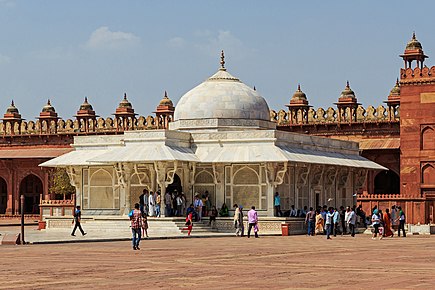
Christian Pilgrimage Sites
The Christian faith did not start in India, but it has a wonderful relationship with the country. According to legend, in AD 52, St. Thomas sailed from Eastern Asia and became the first to convert many Indians to Christianity. He is revered as a martyred saint in Madras and is buried at the San Thomé Cathedral site.
- Examples of pilgrimages are St. Aloysius Church in Mangalore, St. Xavier Church in Goa, Velankani in Tamilnadu, St. Philomena at Mysore, Mother Teresa church in Calcutta, and others.

Sikh Pilgrimage Sites
Sikhism was founded in Punjab by Guru Nanak and it is a monotheistic religion. Sikh worship places are called Takhts, which means 'the seat of the divine power', and Gurudwaras, which means 'the entryway to the master'. In India, there are multiple Gurudwaras but only five Takhts. These are:
- Takht Keshgarh Sahib, Anandpur Sahib: The birthplace of 'Khalsa', Anandpur Sahib is the holiest town of the Rupnagar district and is listed as one of the five sacred takhts (seats) of Sikhism.
- Akal Takht, Harmandir Sahib (Golden Temple): It is located in Amritsar, once the dense forest home of Guru Nanak. It is famous for its full golden dome. Guru Hargobind Singh founded the Akal Takht.
- Takht Damdama Sahib (Talwandi Sabo, Punjab): A this pace, Guru Gobind Singh wrote the complete version of Guru Granth Sahib.
- Takht Patna Sahib (Patna): Situated on the banks of the Ganga, it is the birthplace of Guru Gobind Singh.
- Takht Sachkhand Shri Hazur Abchalnagar Sahib (Nanded, Maharashtra): Located on the bank of River Godavari, it is the place where Guru Gobind Singh breathed last.
- Gurudwaras: Apart from the Takhts, important gurudwaras are Paonta Sahib, Manikaran Sahib Gurdwara and Rewalsar Lake in Himachal Pradesh, Gurudwara Rakab Ganj and Gurudwara Sis Ganj Bangla Sahib in Delhi, Hemkund Sahib in Uttarakhand, etc.
Government Initiatives to Promote Pilgrimage
The Government has launched many schemes for developing infrastructure at tourist destinations, including religious sites.
-
- Pilgrimage Rejuvenation and Spirituality Augmentation Drive (PRASAD): It was launched in 2014-15 by the Union Ministry of Tourism.
- It aims at the integrated development of pilgrimage destinations in a planned, prioritised, and sustainable manner to provide a complete religious tourism experience.
- Swadesh Darshan: It was launched in 2015 by the Union Ministry of Tourism to develop sustainable and responsible tourism destinations in the country and develop circuits having tourist potential in a planned and prioritized manner.
- Pilgrimage Rejuvenation and Spirituality Augmentation Drive (PRASAD): It was launched in 2014-15 by the Union Ministry of Tourism.
- Theme-based Tourist Circuits: There are several theme-based tourist circuits under the scheme including religious circuits such as the Buddhist circuit, Krishna circuit, Spiritual circuit, Sufi circuit, and Ramayana circuit.
-
- Swadesh Darshan 2.0: The objective for the Swadesh Darshan 2.0 scheme envisages an increase in private sector investment in tourism & hospitality.
- Char Dham Project: The Char Dham project envisages all-weather connectivity to four major pilgrimage sites in Uttarakhand - Kedarnath, Badrinath, Yamunotri, and Gangotri. It is a two-lane expressway scheme being executed in Uttarakhand.
Last updated on November, 2025
→ Check out the latest UPSC Syllabus 2026 here.
→ Join Vajiram & Ravi’s Interview Guidance Programme for expert help to crack your final UPSC stage.
→ UPSC Mains Result 2025 is now out.
→ UPSC Notification 2026 is scheduled to be released on January 14, 2026.
→ UPSC Calendar 2026 is released on 15th May, 2025.
→ The UPSC Vacancy 2025 were released 1129, out of which 979 were for UPSC CSE and remaining 150 are for UPSC IFoS.
→ UPSC Prelims 2026 will be conducted on 24th May, 2026 & UPSC Mains 2026 will be conducted on 21st August 2026.
→ The UPSC Selection Process is of 3 stages-Prelims, Mains and Interview.
→ UPSC Result 2024 is released with latest UPSC Marksheet 2024. Check Now!
→ UPSC Prelims Result 2025 is out now for the CSE held on 25 May 2025.
→ UPSC Toppers List 2024 is released now. Shakti Dubey is UPSC AIR 1 2024 Topper.
→ UPSC Prelims Question Paper 2025 and Unofficial Prelims Answer Key 2025 are available now.
→ UPSC Mains Question Paper 2025 is out for Essay, GS 1, 2, 3 & GS 4.
→ UPSC Mains Indian Language Question Paper 2025 is now out.
→ UPSC Mains Optional Question Paper 2025 is now out.
→ Also check Best IAS Coaching in Delhi
Pilgrimage Sites in India FAQs
Q1. What are the famous pilgrimages in India?+
Q2. Which are the 7 Dham in India?+
Q3. What are the 4 Hindu pilgrimage sites?+
Q4. Which place is known as spiritual capital of India?+
Q5. What are the famous pilgrimage centres in India?+



